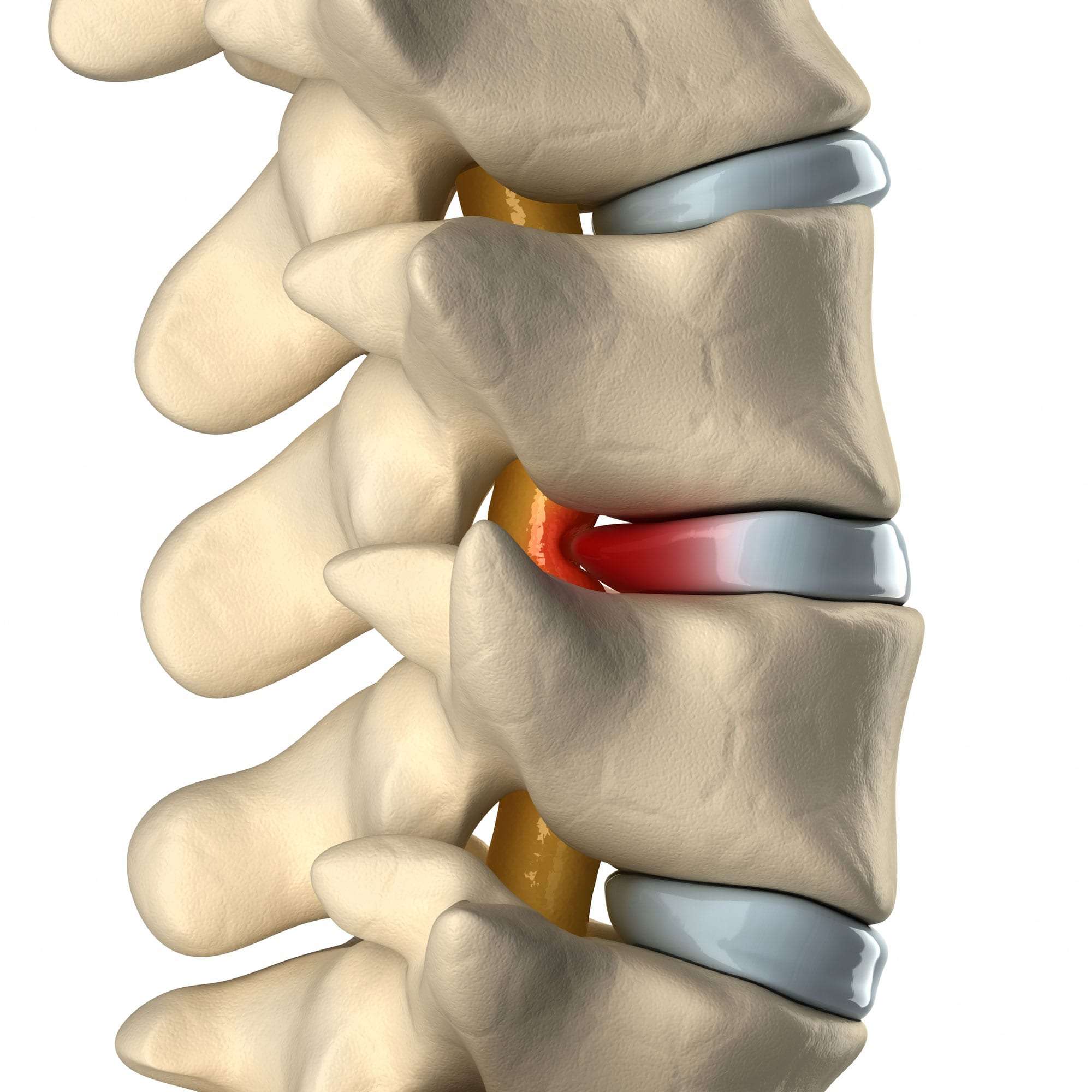A herniated disc, sometimes referred to as a slipped disc, is a condition that can affect many individuals, especially those in middle age. But what exactly is a herniated disc, and how does it differ from a disc bulge or protrusion? Let’s dive into the details.
What is a Herniated Disc?
A herniated disc arises when the jelly-like substance inside a spinal disc protrudes through the disc’s outer shell, known as the annulus. This can result in the material pressing against nearby nerves, leading to a range of symptoms including inflammation, pain, and numbness. Intriguingly, according to HSS spine surgeon James E. Dowdell III, MD, when this condition affects the lumbar spine (lower back), the symptoms are more likely to manifest in the buttocks, legs, and feet than the actual back.
Distinguishing Between Disc Bulge, Protrusion, and Herniation
It’s essential to differentiate between various disc conditions. A disc bulge is a standard age-related alteration where the disc’s outer portion flattens. In contrast, a disc protrusion, a type of disc herniation, is identified by the herniated disc material’s depth being shorter than its width.

How is a Herniated Disc Treated?
For those struggling with a herniated disc, one potential treatment is a discectomy. This procedure, as outlined on HSS, is a form of spinal decompression surgery designed to address herniated discs. During a discectomy, the segment of the spinal disc that has bulged or ruptured and slipped out of its position is removed, alleviating the pressure exerted on a spinal nerve.
Additional Notes on Herniated Discs
A herniated disc, whether it occurs in the low back, mid-back, or neck, can cause significant pain and complications, especially if it exerts pressure on nerves or the spinal cord. For further insights on this condition, resources like Harvard Health and WUSTL Neurosurgery can be instrumental.
For patient appointments and further information, consider reaching out at 314-362-3577.


